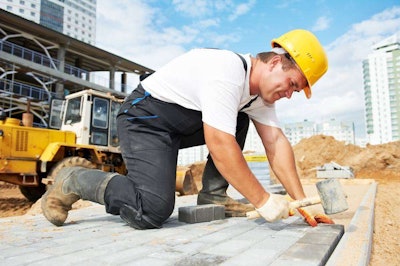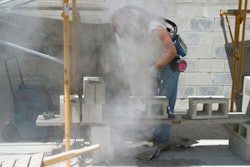
If you read Equipment World’s safety articles, you’ll have noticed that many recommendations for staying safe on the jobsite involve bringing in another set of eyes to watch your back.
Most of our equipment accident articles recommend using a spotter, for example, to prevent striking another worker. However, a number of the accidents we’ve covered involve someone left alone, at least on a temporary basis. Even if there are other workers on the site, a laborer or operator may at times essentially be working on their own.
So, how do you protect these workers from injury when they don’t have someone keeping an eye out for them? The solution involves a combination of evaluating both the individual doing the work and the task at hand. Here are some tips to incorporate:
1. Assess the risk
Look at the work to be done as a whole. If there is any part of the job that cannot be safely performed by one person, be sure it’s clear that worker must cease work and obtain assistance prior to moving forward.
2. Evaluate the employee
Workers with certain physical conditions or who take medication may need a crew leader nearby. Have any worker who will be on their own check in at regular intervals and at the end of the shift.
3. Provide additional training
If an employee is to be left largely to his or her own devices, they’ll need to work with a different mindset. For example, the worker will need to be in the habit of keeping all necessary tools within an easy arm’s reach. The training should set clear guidelines on what behaviors would be considered an unnecessary risk, such as lifting a heavy item alone.
Don’t forget: If you’re the contractor and you’re doing work alone, you must hold yourself to the same set of rules. Check in at set times with someone who is expecting your calls and will take appropriate action if you do not check in. Never try to do a job alone that is better suited for two people.









